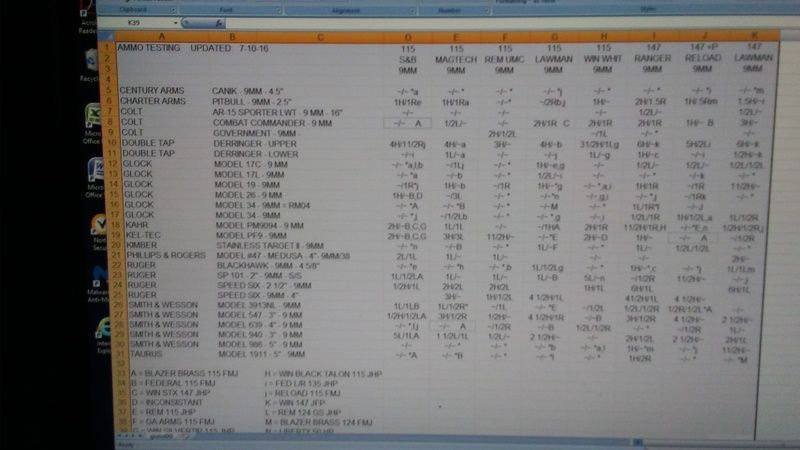lwestatbus
New member
I have a new to me LE turn in S&W 3913. I am shooting consistently about 4" low at 20' and twice that at 50'. I've had multiple range sessions with this pistol, all using factory 115 gr ball and all with the same results. My gunsmith confirmed using a straight edge that my front sight is higher than the rear.
I've been doing a LOT of online research on this problem and have discovered two possible issues. One is that a batch of these pistols had a manufacturing defect in the grooves in the barrel. But I've also seen multiple posts, including this one in the Firing Line forums, that seem to indicate that increasing the bullet weight fixes the problem.
A dead on duplicate of my problem in a S&W forum reported a fix by just increasing the bullet weight from 115 gr to 124 gr. In the FL post linked above the OP reported the same problem but a responder reported no problems but he was using 147 gr.
So, could this pistol have been designed for a heavier bullet? Does anyone else have experience with this problem in this pistol? One piece of related information have been a couple of reports that S&W did make shorter front sights for this pistol, though I haven't been able to find one for sale. If true, this would be consistent with a design for a heavier bullet but an option (shorter front sight) for a standard weight (115 gr) bullet.
Thanks in advance for any insights.
Larry
I've been doing a LOT of online research on this problem and have discovered two possible issues. One is that a batch of these pistols had a manufacturing defect in the grooves in the barrel. But I've also seen multiple posts, including this one in the Firing Line forums, that seem to indicate that increasing the bullet weight fixes the problem.
A dead on duplicate of my problem in a S&W forum reported a fix by just increasing the bullet weight from 115 gr to 124 gr. In the FL post linked above the OP reported the same problem but a responder reported no problems but he was using 147 gr.
So, could this pistol have been designed for a heavier bullet? Does anyone else have experience with this problem in this pistol? One piece of related information have been a couple of reports that S&W did make shorter front sights for this pistol, though I haven't been able to find one for sale. If true, this would be consistent with a design for a heavier bullet but an option (shorter front sight) for a standard weight (115 gr) bullet.
Thanks in advance for any insights.
Larry

